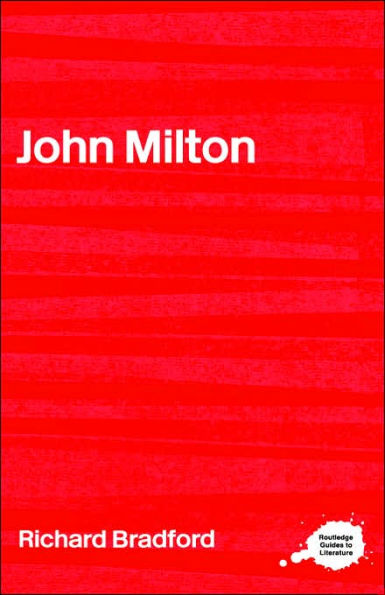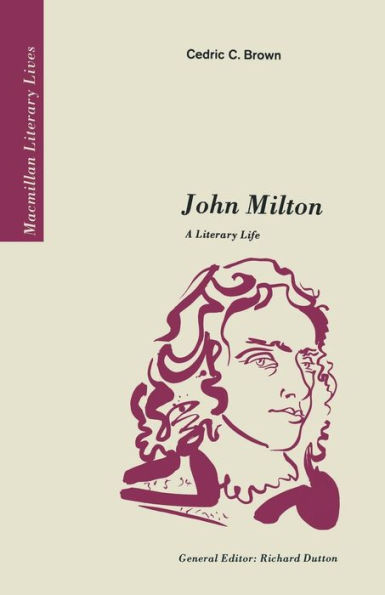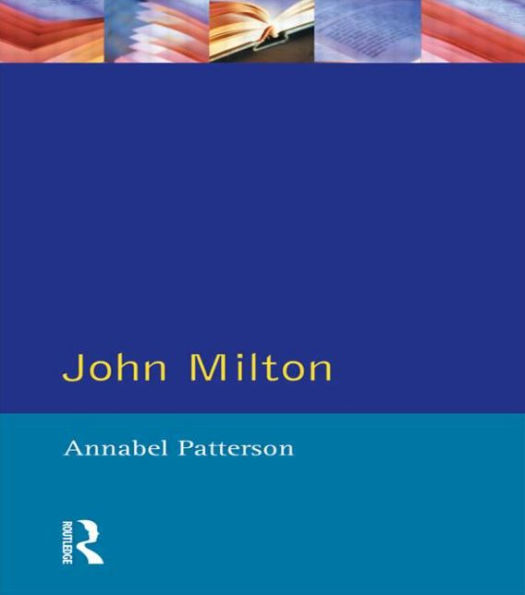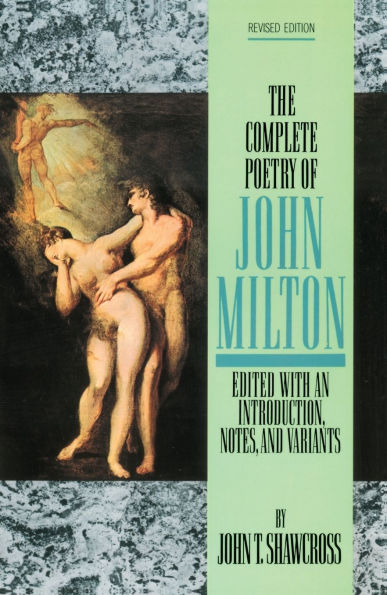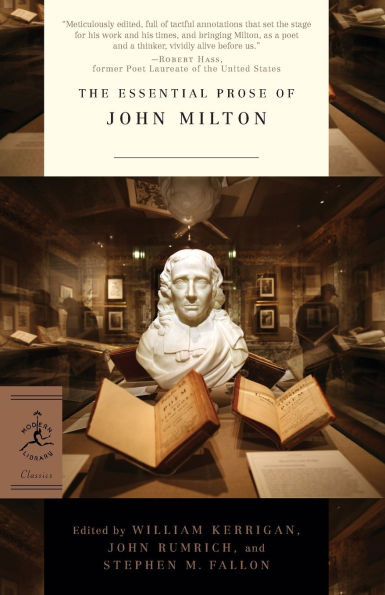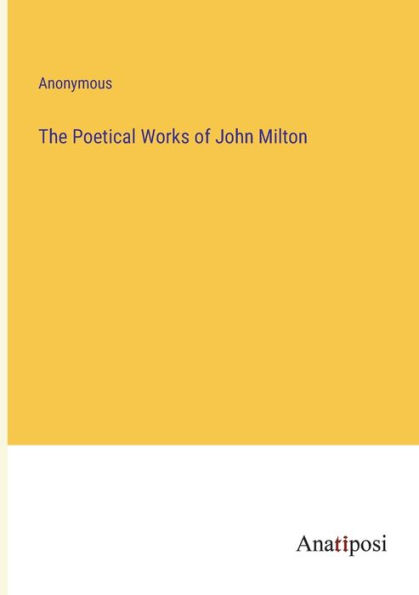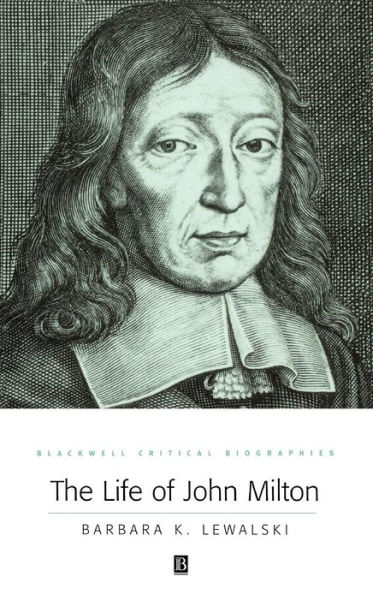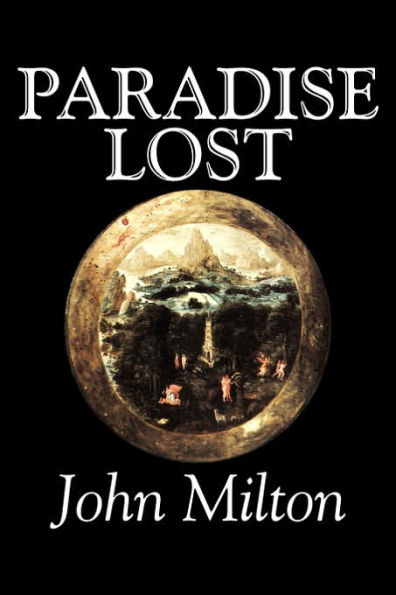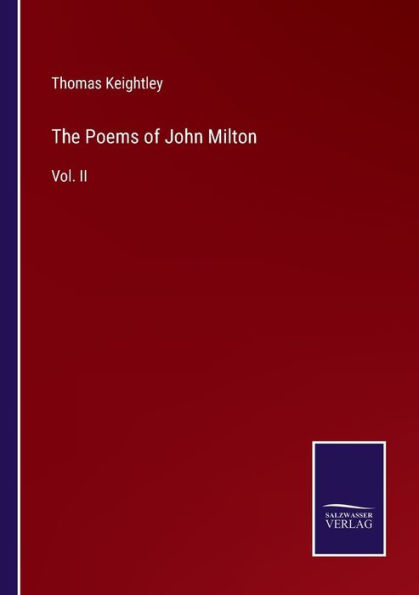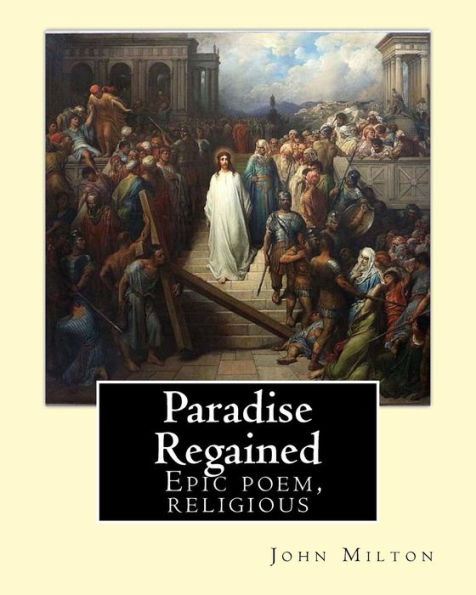Home
Their Maker's Image: New Essays on John Milton
Barnes and Noble
Their Maker's Image: New Essays on John Milton
Current price: $105.00
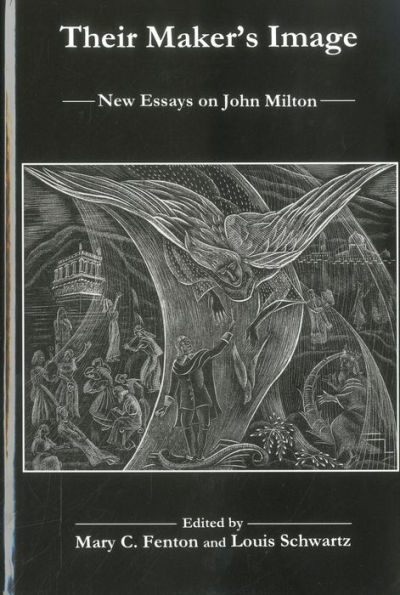

Barnes and Noble
Their Maker's Image: New Essays on John Milton
Current price: $105.00
Size: OS
Loading Inventory...
*Product information may vary - to confirm product availability, pricing, shipping and return information please contact Barnes and Noble
The ten essays in this volume present diverse approaches to understanding Milton's poetry and prose, and yet all deal in one way or another with Milton as a "maker" (a creator and re-creator of inherited images) and range from Milton's engagement with classical sources to his theories and assumptions about divine and poetic creation, the theological implications of reading, and his posthumous reputation.
The first four essays consider Milton's re-making of classical sources in Paradise Lost. Richard DuRocher and Maggie Kilgour's essays explore the positive roles that so-called negative emotions (wrath and envy, respectively) play in Milton's epic. Sarah Van der Laan and David J. Bradshaw examine how Milton's allusive techniques (another kind of resembling within) refigure a set of underexamined passages in Homer and Vergil.
The next three essays each address the act and the implications of making something material-a world, an elegy, or an epic. Thomas Festa's essay shows how Milton used a set of contrasting poetic, classical, and biblical images of God as both geometer and architect in order to suggest how creation is animated by a tension-free will pulling one way and determinism the other. Randall Ingram looks at the making of a material text, showing how the typographical setting of Lycidas in the 1645 Poems itself communicates and reinforces elements of the poem's meaning. Emma Annette Wilson deals with how and why Milton's education in logic came into practical play in the way he structured speeches in Paradise Lost.
The final three essays deal with how images of the self are made and reconstructed in the processes of reading and writing. David Ainsworth discusses how, in Areopagitica, reading can serve as a form of spiritual development in itself: an encounter with the image of the author that can alter and improve the self of the reader. Samuel Smith focuses on how Jesus, as the solitary Son of God in Paradise Regained, through his "bounded" solitude, unites his human nature with his existence as the image of divine, so he can serve as humanity's Messiah. With attention to Milton's reception history, Nathaniel Stogdill shows how Milton's own shifting characterizations of Catholics in his prose writings, as well as the peculiar associations that "popery" came to have in the political conflicts of Restoration England, helped to create the surprising image of Milton as himself a papist-as strange an instance of disfiguration as any that the reception history offers us.
The first four essays consider Milton's re-making of classical sources in Paradise Lost. Richard DuRocher and Maggie Kilgour's essays explore the positive roles that so-called negative emotions (wrath and envy, respectively) play in Milton's epic. Sarah Van der Laan and David J. Bradshaw examine how Milton's allusive techniques (another kind of resembling within) refigure a set of underexamined passages in Homer and Vergil.
The next three essays each address the act and the implications of making something material-a world, an elegy, or an epic. Thomas Festa's essay shows how Milton used a set of contrasting poetic, classical, and biblical images of God as both geometer and architect in order to suggest how creation is animated by a tension-free will pulling one way and determinism the other. Randall Ingram looks at the making of a material text, showing how the typographical setting of Lycidas in the 1645 Poems itself communicates and reinforces elements of the poem's meaning. Emma Annette Wilson deals with how and why Milton's education in logic came into practical play in the way he structured speeches in Paradise Lost.
The final three essays deal with how images of the self are made and reconstructed in the processes of reading and writing. David Ainsworth discusses how, in Areopagitica, reading can serve as a form of spiritual development in itself: an encounter with the image of the author that can alter and improve the self of the reader. Samuel Smith focuses on how Jesus, as the solitary Son of God in Paradise Regained, through his "bounded" solitude, unites his human nature with his existence as the image of divine, so he can serve as humanity's Messiah. With attention to Milton's reception history, Nathaniel Stogdill shows how Milton's own shifting characterizations of Catholics in his prose writings, as well as the peculiar associations that "popery" came to have in the political conflicts of Restoration England, helped to create the surprising image of Milton as himself a papist-as strange an instance of disfiguration as any that the reception history offers us.
